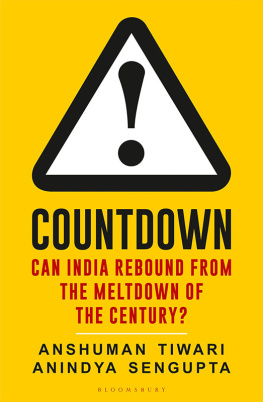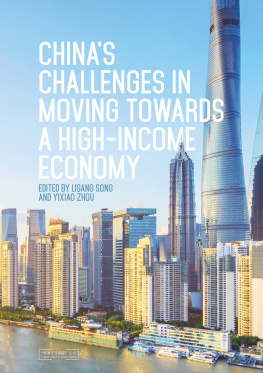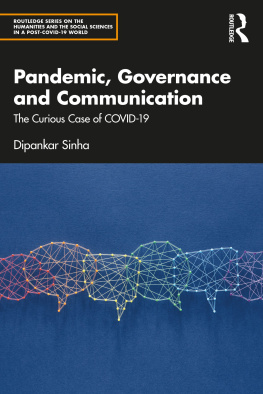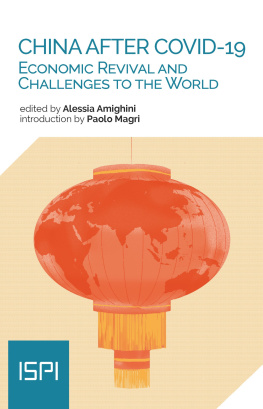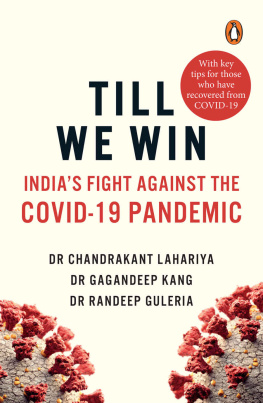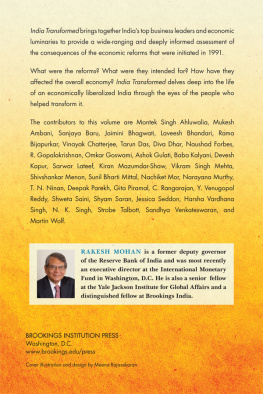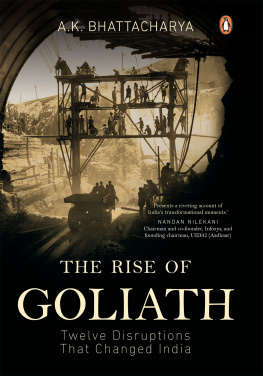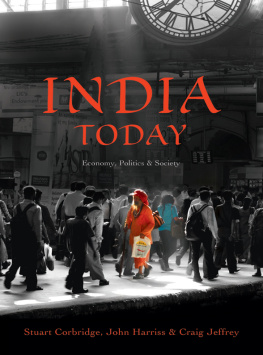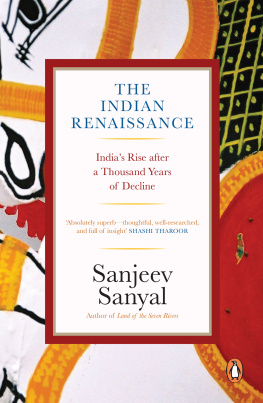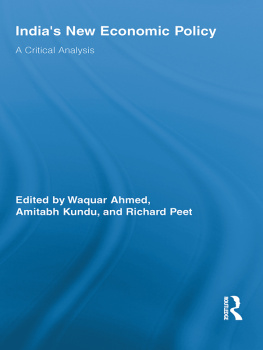Table of Contents
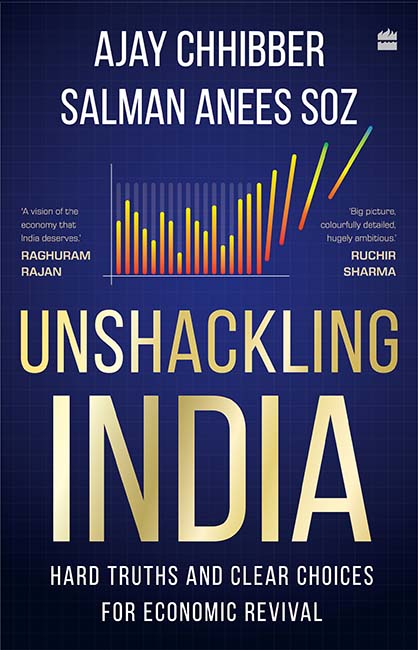

To Rita, love of my life and my pole star
Ajay Chhibber
To Asia, who is integral to whatever I do
Salman Anees Soz
Contents
Part I
Changing the Role of the State
Part II
Building the Foundations: Developing Human Capital
Part III
Freeing Markets and Unleashing Competitiveness
Part IV
Re-engineering the Economy
Part V
Preparing for the Future
The secret of change is to focus all of your energy, not on fighting the old, but on building the new.
Socrates (not that Socrates)
A world in turmoil
I n 2021, the United Nations (UN) declared code-red for humanity. The 2021 Report of the Intergovernmental Panel on Climate Change (IPCC) says the world will breach the 1.5C an upper target of the 2015 Paris Agreementtemperature rise by 2040. Forest fires, floods, rising sea levels, melting glaciers, more intense tornadoes and cyclones are already threatening human settlements all over the world. To add to these, the COVID-19 pandemic has thrown developed and developing countries alike into crisis. On 15 August 2021, as India marked its 75th Independence Day, over 200 million cases were reported and about 4.5 million people had died worldwidebut the real number is likely much higher as there was ample evidence of under-reporting of infections and deaths in many parts of the world.
India was relatively less affected by the first COVID-19 wavebut nevertheless resorted unexplainably to a drastic lockdown, which upturned livelihoods with millions of migrant workers desperately streaming back to villagesa sight not seen in India since the Partition of 1947. Subsequently, it let its guard down and Indias ruling party even declared victory in the fight against COVID-19 in February 2021. But as the virus mutated to what is now called the Delta variant, India was hit with a massive second wave in March 2021. Daily reported cases breached the 4,00,000 mark and more than 4,000 people died daily for many days. Due to differences in virus-testing regimes and uneven record-keeping, the actual number of cases and deaths could be far higher. The virus exposed dangerous weaknesses in health and social safety systems, and the capacity of the state to handle such threats especially in India and other developing countries.
Compounding the health crisis are simultaneous economic and financial shocks that are growing in size and severitywith no clear or immediate end in sight. The International Monetary Fund (IMF) reported that the pandemic caused the global economy to contract sharply by 3.3 per cent in 2020. This was much worse than during the 2008-09 Global Financial Crisis (GFC), and similar in magnitude to the Great Depression. Globalization is in retreat and may fracture further. Global trade as a share of gross domestic product (GDP) had already peaked at around 60 per cent due to the GFC and before this pandemic. This will surely come down further because of rising protectionism in key countries as well as disruptions to international trade. Recovery is underway in the United States (US) and China and some other developed countries but it is a very uneven two-track recovery.
New vaccines to counter COVID-19 have been developed in record times. In many developed countries, rapid vaccination programmes appeared to be a huge successand more than 50 per cent of their populations have been vaccinated. But, as the United Nations Development Programme (UNDP) reports, only 1 per cent of the developing world had been vaccinated by July 2021. Without much greater efforts to vaccinate the world, new variants even more deadly than the Delta variant, which now is running rampant in many developing countries and even amongst the non-vaccinated parts of the developed world, could emerge.
Complicating matters further, the crisis hit all countries almost simultaneously. While there are considerable variations to the containment of the virus itself, most developed countries, based on some painful lessons from the 2008-09 GFC, have acted relatively quickly. By November 2020, the Group of Twenty (G20) countries collectively committed $11 trillion to help their economies recover from the crisis. But many developing economies, with much less fiscal space, were unable to provide the same magnitude of support to their recoveries. And unlike after the GFC, there is very limited coordination globally to deal with the crisis. The Group of Two (G2), US and China, are at loggerheads, earlier on trade and now on the pandemic. The World Trade Organization (WTO) and WHO appear to be in disarray and the UN and the Group of Twenty (G20) appear powerless. Other than an agreement to delay debt payments to low-income countries until the end of 2021, and Special Drawing Rights (SDR) issued by the IMF, of which the poorer countries get a very small share, there is limited support to developing countries. It is a shocking failure of global coordinationand so short-sighted. Unless the pandemic is contained everywhere, it will not be contained anywhere. But this is where we are and at least for the foreseeable future, countries are on their own. India, in any case, must chart its own course.
For India, a crisis like no other
The socio-economic impacts of the COVID-19 pandemic will likely be devastating for India. Due to an unnecessary and much too drastic lockdown, Indias GDP contracted by a massive 7.3 per cent in FY20-21. This was the worst GDP growth performance in almost four decades. But this was to be followed by a sharp recovery in FY21-22 to get Indias GDP back to where it was in FY19-20. However, this is now highly improbable due to the impact of a severe second wave and a looming third wave.
The recovery in the Indian economy is, in any case, K-shapedthe better off recover quickly and the less well off see a decline in incomes, just as is the case in many other countries. But in the developed world and even in many upper-middle-income countries, social assistance payments have helped the poor and unemployed cope with this uneven recovery. In India, the fiscal space for such assistance is limited and free food rations and the Mahatma Gandhi National Rural Employment Guarantee Act (MGNREGA) have become the fallback optionbut this is not enough. Corporate profits have risen as companies saved costs by laying off workers and reducing office and travel costs. The Micro, Small and Medium Enterprise (MSME) sector has been devastated despite efforts to provide liquidity support to MSMEs. According to Piketty (2020), India was already one of the worlds most unequal countriesnow it is even more so (figure 1.1). An already-beleaguered banking sector will most likely weaken further. Government finances are highly constrained, a reflection of a slowing economy, and limit the governments ability to mitigate the impacts of the crisis.
Near-term firefighting
Slowing the disease and saving lives is a precondition to mitigating COVID-19s adverse impact on livelihoods. There are a series of measures that governments, including in India, are taking to reduce the risk of an economic collapse and the threat to weakest sections of society. The sudden and severe lockdown to contain the first wave of the pandemic hurt internal migrant workers the most. As the first wave receded, the country began to open and it appeared for a moment that the worst was behind India. However, that respite was short-lived as a second wave dealt a crushing blow to the national psyche. Unimaginable scenes of desperate people flocking to hospitals to save themselves or their loved ones became a common feature in India. Dead bodies began piling up in crematoriums and graveyards. Rivers swelled with dead bodies, as people ran out of space or firewood for the dead. The Indian state had failed to prepare after the first wave. So little had changed, despite all the attention the crisis received in India and around the world.


